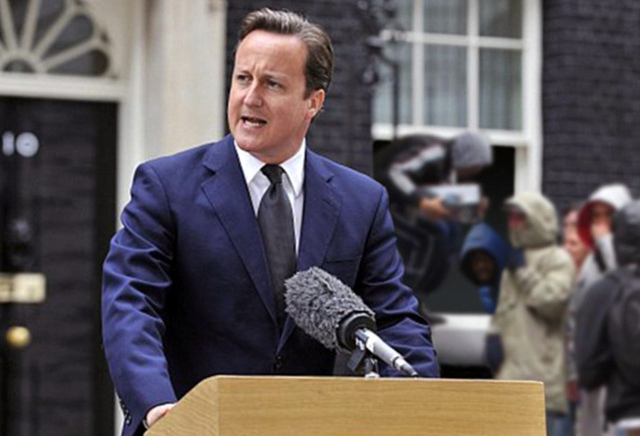At long last the renegotiation of the UK’s EU membership has begun. David Cameron’s letter to the European Council outlines the list of demands – on the euro, single market, ever closer union/national parliaments and immigration – none of which was unexpected.
Overall the ambitions set out are modest. Many requests are more about rebranding than changing the EU. For instance, the ‘ever closer union (among the peoples of Europe)’ phrase in the EU treaties is largely symbolic. Having it not apply to the UK is more likely to make it look distant and uncooperative rather than prevent unwanted EU integration.
Other demands are more problematic. Giving national parliaments a greater say in making EU laws is certainly possible. However, many of them are actually not that keen on having more of a say. Moreover, a number – including the UK Parliament – find it quite difficult to get their MPs to take much interest in the complexities of EU legislation at all.
Without doubt, the most challenging area of the renegotiation is immigration. The will is probably there to take measures to limit legal abuses of free movement. However, the EU’s other Member States will not compromise on the principle of the free movement of people. Although they could give way on other issues, many would rather see the UK leave than alter one of the fundamental freedoms of the EU.
Negotiating a deal is not the only challenge. National leaders will have to decide what form it will take. In his letter, Cameron repeats several times that he wants legally binding change. The surest way of that is to amend the EU treaties. However, treaty change takes months and years – time the Prime Minister does not have before the EU referendum.
The most probable option for the deal is a protocol. This would be an agreement between all the EU Member States. In order for the protocol to be irrefutably part of EU law, it would have to be attached to the treaties. Attaching a protocol is a kind of treaty change – so that would not happen right away. Instead, the next time treaty reform takes place, the protocol will be included along with everything else.
The EU has used this mechanism before. After Irish voters rejected the Lisbon Treaty in their first of two referendums, a protocol was agreed in 2009 and added to the treaties in 2013. In practice, the agreement was implemented straightaway. This route was also taken when Denmark had problems ratifying the Maastricht Treaty in the 1990s.
While past history can serve as a guide, this renegotiation is a novelty for the EU. The situations with Ireland and Denmark involved specific problems approving treaties. Here, we have something different. The UK is proactively, if not unilaterally, looking to change its relationship with the rest of the EU. It is one Member State demanding a deal for itself.
This is not how the EU normally works. Every Member State of course fights for its national interest. However, they usually do so by framing their objectives in common European interests. They develop understandings and alliances to achieve their aims, drawing on relationships with counterparts built over years.
By contrast, the UK government’s renegotiation is patently direct, short-term and confrontational. That matters, because it means it is less likely to get what it wants. In reality, the renegotiation will be only one part of the referendum campaign. National politics and big issues are likely to have a much greater role. The problem of the UK’s awkward relationship with the EU comes from within. One imagines that the solution does too.

